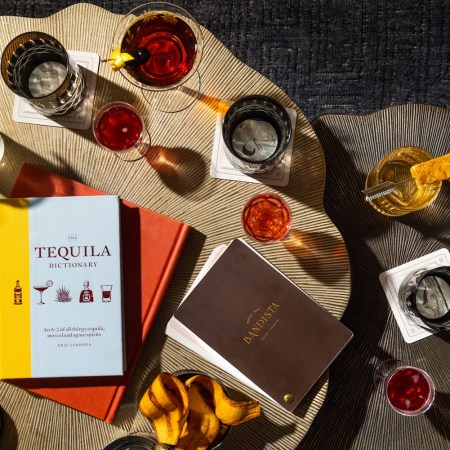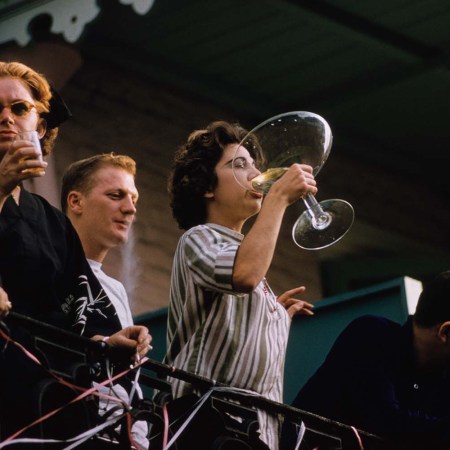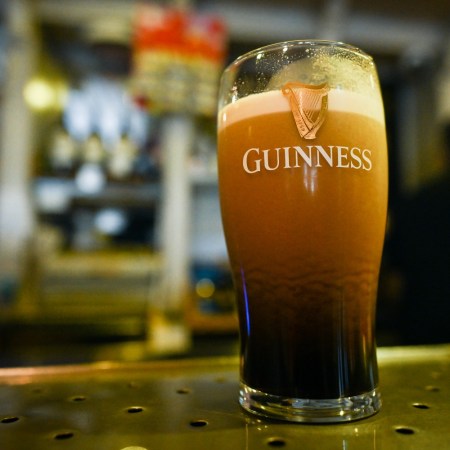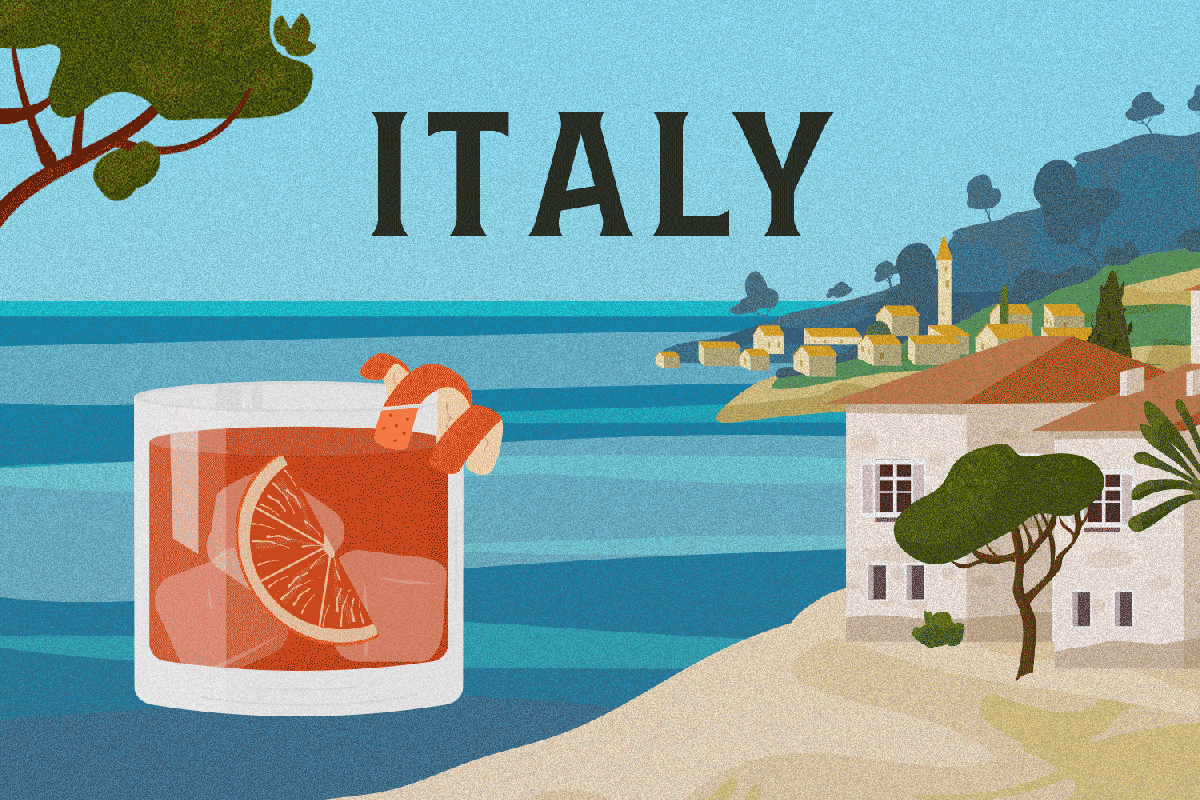
To celebrate the incredible drinking cultures of Europe, we dove deep into 10 different countries to get to know a little more about what’s in their glasses and how it got there in the first place. Click here to see them all.
Italy has a reputation for slinging la dolce vita for a reason. First of all, she’s gorgeous, from the beaches, to the mountains, to the ancient ruins and cities that surround them. Life moves at a slower pace there — you’re never rushed to give up your dinner table (god forbid!), and businesses really do close for lunch so workers can go home to eat and nap and what have you. And maybe most wonderful of all, Italy’s food and drinks are beloved all over the world, from pizza and pasta to the rightly famous Aperol Spritz. This is a celebration of the latter, of all the wine and cocktails and amari that define the drinking culture of the Mediterranean country.
Obviously, there is no way this guide could cover absolutely everything — Italy is a big country with 20 regions and thousands of traditions that vary from town to town, household to household. But it will give you a better understanding of what people are drinking in Italy, why they are drinking it and how you can embrace the culture, whether you’re sipping wine in the shadow of Mount Etna or simply want to bring the tradition of aperitivo hour into your life.

Aperitivi and the Cocktails That Love Them
Perhaps the most popular and well-known Italian drinks around the world, aperitivi are bittersweet liqueurs that are meant to be sipped before dinner to open the appetite. Aperol, Campari and Cappelletti are some of the classics, while newer bottlings like Doladira and Italicus have also found a place on the backbar. Of course, just like most things in Italy, the aperitivo of choice differs from region to region. For example, people in Venice much prefer the city’s Select Aperitivo over Aperol, and on a recent visit to Sardinia, Aspide Spritz was the bottle of choice for a late afternoon cocktail. In Northern Italy near the Dolomites, the Hugo Spritz is king, which replaces the bitter aperitivo with elderflower liqueur like St-Germain.
Aperitivi go hand in hand with another iconic drink of Italy: the spritz. Throughout the country, you’ll see thirsty patrons gather at cafe tables that spill onto narrow cobblestone streets to drink a goblet of the bittersweet cocktail as a way to end the day and usher in the evening. When making a spritz, you can’t go wrong with this very simple recipe — 3 ounces of Prosecco, 2 ounces of the aperitivo of your choice and 1 ounce of sparkling water.
The spritz is light and refreshing, but other cocktails that use aperitivi can be bold and more bitter. The most iconic is the Negroni, which supposed cocktail history tells us was invented by Count Camillo Negroni in Florence in 1919 when he ordered an Americano with gin instead of the typical soda water.

Amari
It’s fitting that amaro is the Italian word for bitter because that explains this category of beverages perfectly. Amari are made by infusing an alcoholic base like wine or grape brandy with ingredients like aromatic barks, herbs, flowers, citrus peels and spices. There are hundreds of them, which means they vary widely in flavor profile and sweet-to-bitter ratio. While this isn’t a hard and fast rule, amari from the north typically have more bitter, Alpine-leaning flavors, while those from the south might be a bit sweeter with more citrus notes. An amaro is typically sipped after dinner as a digestivo, but they can also be used in cocktails like the classic Black Manhattan, which replaces sweet vermouth with Averna.
Wine
Italians love their wine, and it’s easy to see why — with so many amazing regions growing a vast variety of grapes, you can enjoy everything from a light and snappy vermentino from Sardinia to a rich, full-bodied nebbiolo from Piedmont. I could write five more articles on Italian wine because there is far too much to say about it than a single paragraph can cover. But perhaps the best part about drinking wine in Italy is it’s cheap and really, really good. And don’t sleep on a restaurant’s house wine, as it’s usually of high quality and often locally made.
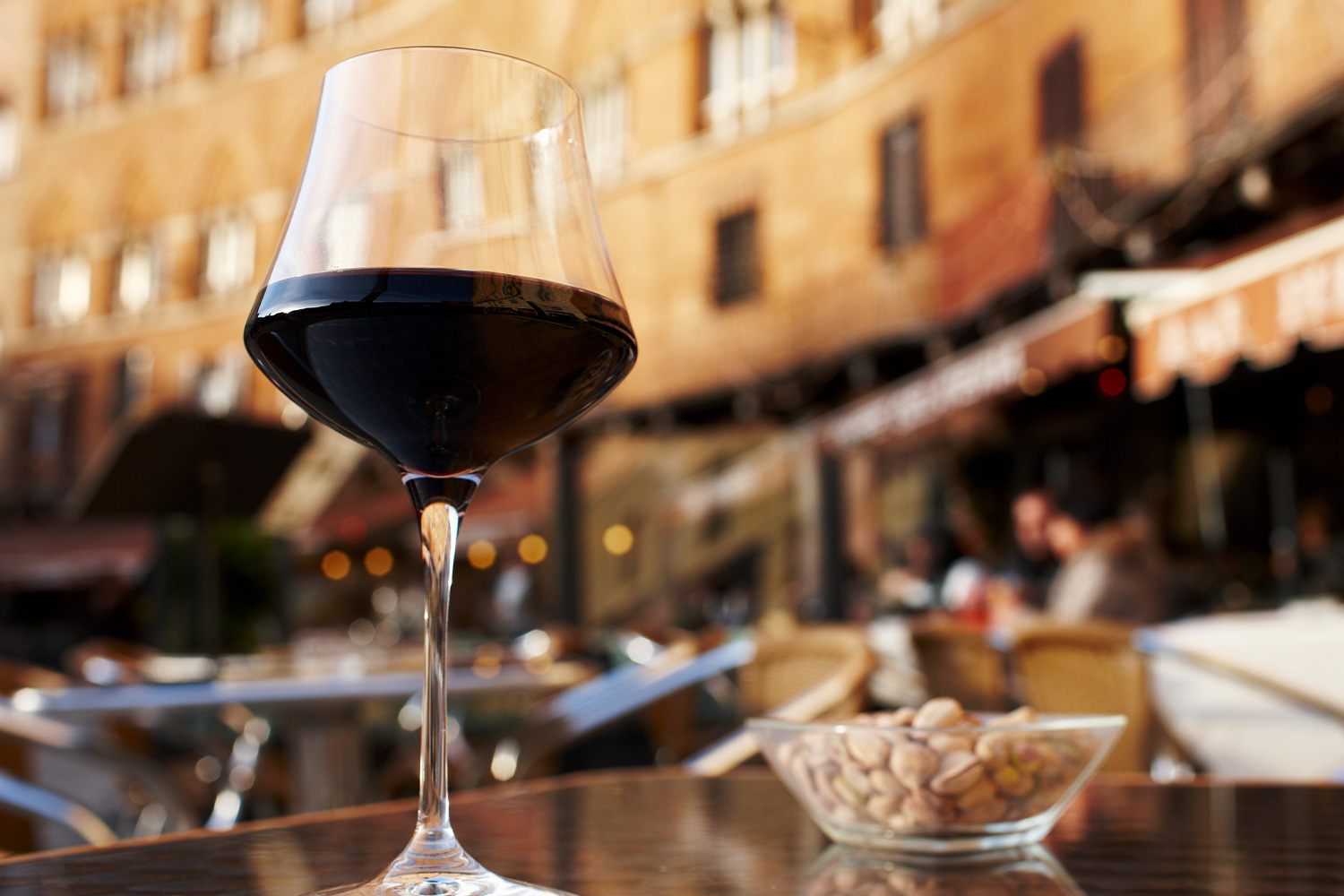
Beer
Yes, Italians love their beer, and you’ll often see them sipping a pint alongside pizza. Peroni, Birra Moretti and Menabrea are some of the most common, but just like anywhere, Italy has its fair share of craft breweries creating interesting pours. Take Milan’s Birrificio Lambrate, which has been on the scene since 1996, and Roman brewery Jungle Juice, where you can always find cool collaborations and seasonal pours in the works.
Grappa
To my chagrin, grappa still has yet to catch on fully in the United States. But it can be found everywhere in Italy and is often served as a digestivo after a meal. Grappa is a pomace brandy, meaning it’s distilled from the skins, seeds, stems and other byproducts of winemaking. It is almost always high-octane, but the well-made bottlings are often delicious and show off the flavor profile of the grapes from which they came. It’s a zero-waste beverage that was born out of necessity and has become a delicacy in its own right.
Plus, the Homemade Thing
Homemade booze in Italy really differs from region to region and even town to town. When I was in my early 20s, my uncle outside of Rome had a bottle of homemade grappa from one of his patients, but not everyone will be bestowed with such a precious gift (it went down like a wire brush). Limoncello is one of the most common and foolproof spirits to make at home, and Italian American families have even brought the tradition stateside. But, as mentioned above, you’re going to get different homemade beverages depending where you go.
“I would say that limoncello and other citrus-based things may be common in Campania and Calabria, but they remain pretty regional like genziana, which is a central Appenine thing, and mirto, which is specifically Sardinian,” says Katie Parla, a Rome-based food and beverage writer, culinary guide and cookbook author. “If there is an Italy-wide genre of homemade alcoholic beverages, it would be amaro. Though there are so many recipes, common flavorings are gentian root, juniper, fennel and orange peel. Home distilling is illegal without a license, and those are rare. So in all of these scenarios, people are buying ‘alcool puro’ (95 proof neutral spirit) at the supermarket, then adding their flavorings and letting things hang out for a certain number of days or months that are usually based on tradition rather than the duration necessary for extraction.”

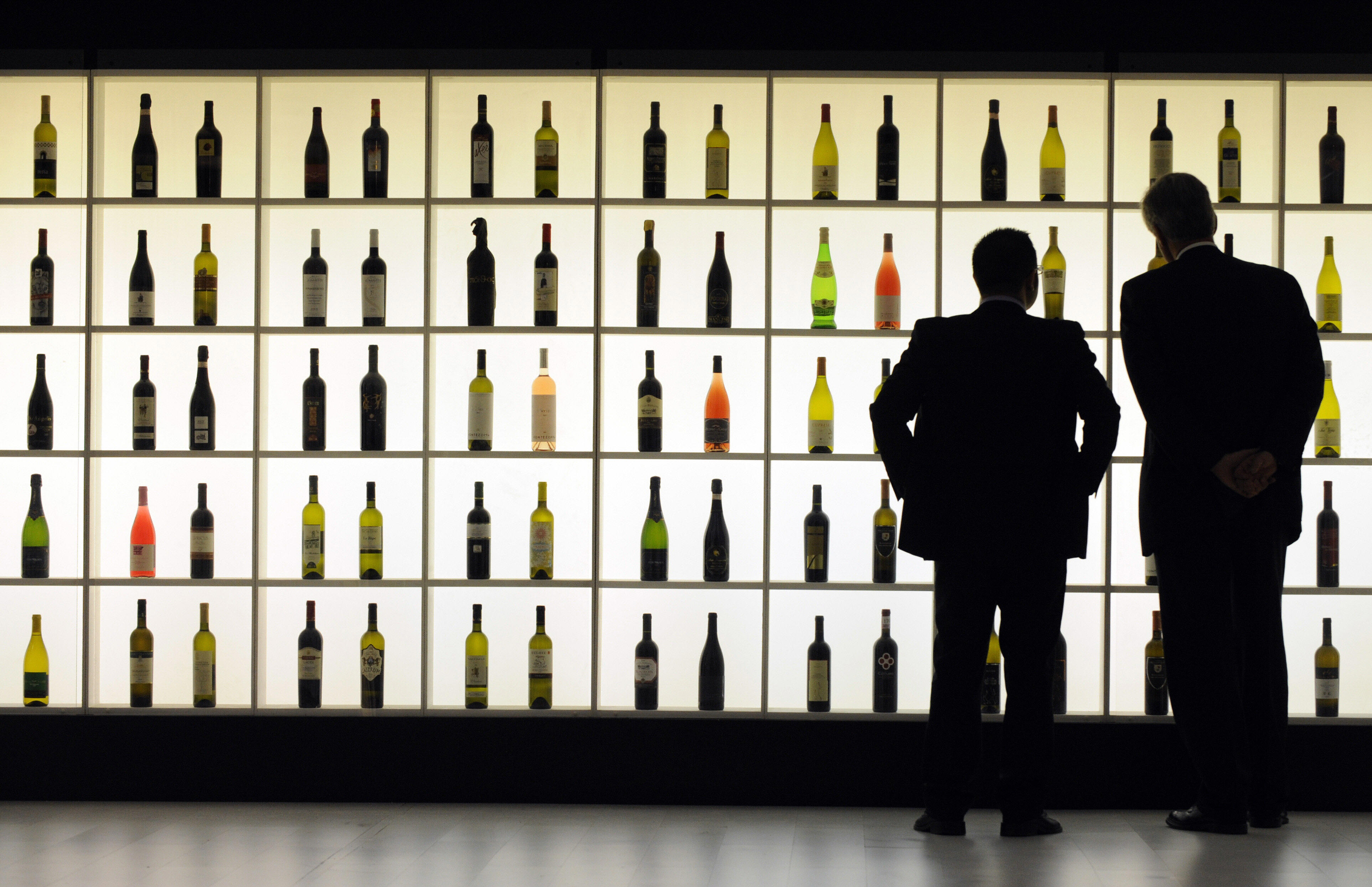
Most of Italy’s drinking festivals happen around wine, and there are many throughout the country. Here are a few of the bigger wine events that oenophiles would superbly enjoy:
- Expo del Chianti Classico: Chianti Classico is probably Tuscany’s most famous wine, and the region itself —also called Chianti Classico — is among the first officially recognized wine regions in the world. Every September, thirsty enthusiasts descend upon Greve for this three-day festival that includes tastings, live music and a charity auction.
- Slow Wine Fair: You’ve likely heard of Slow Food, but Slow Wine is actually the movement that started it all. This new-ish international fair takes place during February in Bologna and features tons of wineries exhibiting their craft.
- Vini Selvaggi: Since 2021, this natural wine fair has brought together the best producers in the world (who are in line with the Vini Selvaggi mission) to meet importers, restaurateurs, press, sommeliers and enthusiasts. Delicious natural vino and local food is on the menu during the two-day event.
- Bollicine in Villa: This festive event that takes place at the Villa Farsetti near Venice is all about bubbles from Italy, France and beyond. An all-day grand tasting is accompanied by classes, and the whole thing closes out with a gala dinner.
- Festa dell’Uva e del Vino: Taking place over the course of five days in October, this annual event in Bardolino on Lake Garda is one of the biggest wine festivals in Italy. Expect an opening parade, live music, an opera and, of course, plenty of delicious food and wine.
- Vinitaly: This international wine competition and expo happens annually in Verona and has become one of the biggest wine events in the world. While it’s mostly a fair for wine professionals, they have some enthusiast events as well.


Aperitivo hour is sacred in Italy, a time before dinner when people gather to have a little snack and a drink. These snacks can vary wildly from region to region, city to city and even establishment to establishment. I’ve had everything from sliders at fancy cocktail bars to little bags of homemade chips at more casual spots. When I studied in Florence, a bar on our block used to serve a little buffet with things like pizza and salads to snack on. As Parla has lived in and traveled all over Italy for the past 20 years, she has a lot of insight on what you should look for in different areas.
“The best and greatest drinking snack is salted anchovies and butter on toast, a common offering at wine bars in Rome,” Parla says. “I am also partial to a bowl of lupini beans, which are habit-forming in spite of being a bit gross to eat in public, as you have to separate the bean from the skin with your teeth, then dispose of the skin. But the briny, nutty flavor is worth the inelegance.” I can attest to the beauty of lupini beans, which we always eat on Christmas Eve during cocktail hour before our Feast of the Seven Fishes dinner.
“In Sicily, if you’re lucky, you’ll get a nice spread of savory flatbreads and mini arancini, while in Liguria, thoughtful places serve various types of focaccia and chickpea cakes,” Parla adds. “Venice, which has Italy’s strongest aperitivo snack identity, goes wild with cicchetti, which may be fried meatballs, fried and marinated sardines on polenta, salt cod emulsified with oil on toast, fried mozzarella sandwiches — the list goes on. Many simple bars in Italy aren’t necessarily going all out and instead serving olives and potato chip, nuts or taralli, Pugliese crackers that have found their way across the peninsula.”
I just returned from Italy, and again, the snacks varied widely from place to place. In Sardinia, pistachios and olives were served alongside toketti, which are essentially crackers made from pane carasau, a traditional flatbread from the island. At The Court in Rome, signature Martinis were served with a tower of snacks, from a bowl of potato chips to little sandwiches filled with things like tuna salad and mortadella. At a small cafe in my aunt’s charming town, Isola del Liri, our Aperol Spritzes were accompanied by olives, cheese and sesame breadsticks wrapped in prosciutto.

“I’d say Bar Basso in Milan is among the most iconic drinking spots,” Parla says. This Milan cocktail bar opened in 1947 and has been serving stylish patrons ever since. Recently, it became the center of attention after House of Dragon star Emma D’Arcy said the Negroni Sbagliato was their favorite cocktail. Sure enough, the bitter drink was invented by Bar Basso bartender Mirko Stocchetto there in the early 1970s.
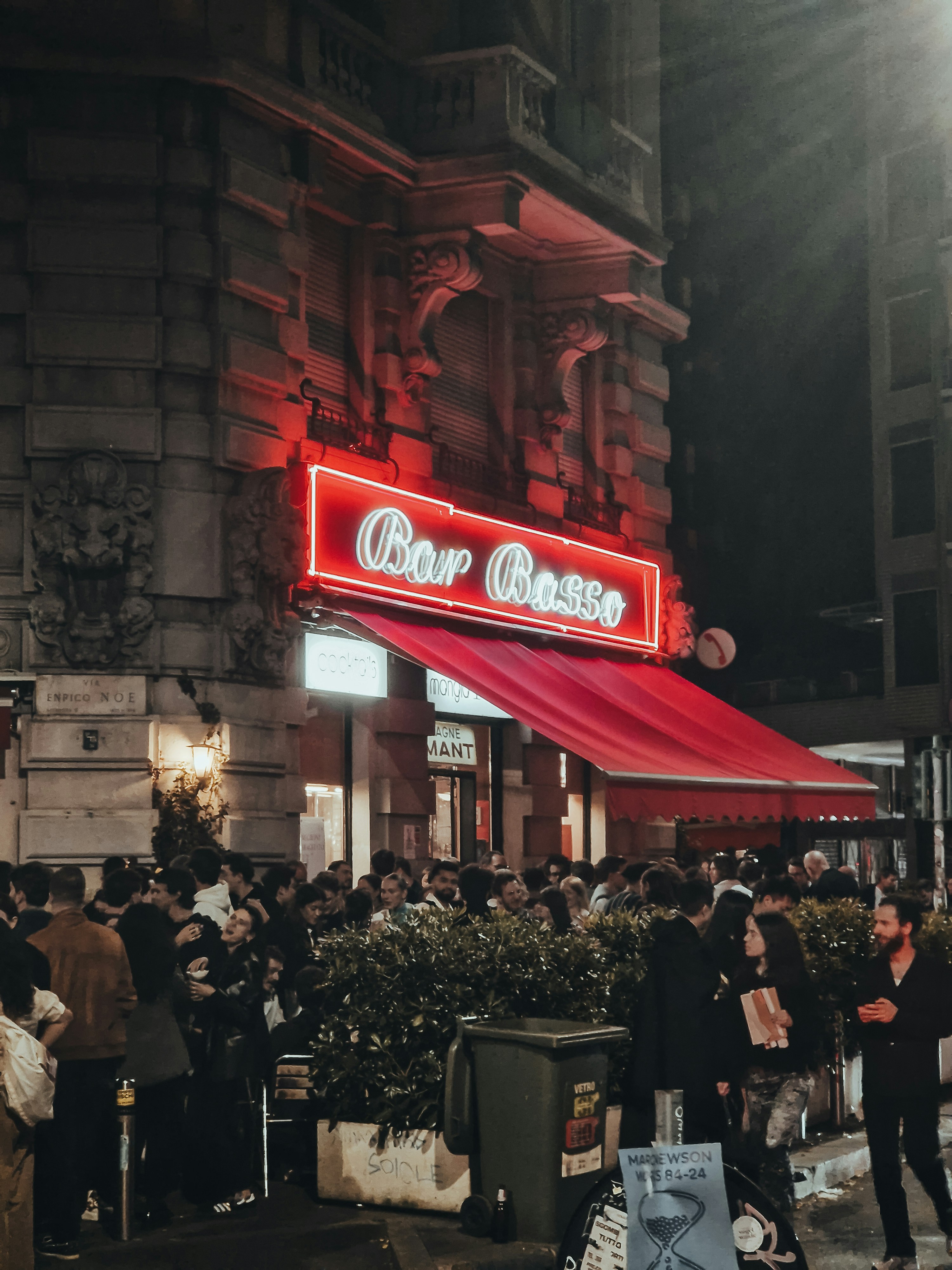
“Founded in 2009 in a smoky, windowless room in central Rome, Jerry Thomas Project is named for America’s first celebrity bartender and kicked off the Italian craft cocktail movement,” Parla says. “Before that, cocktails of note were mainly served in swanky hotel bars, and anyone who dared order a Martini elsewhere would be served a glass of sweet vermouth. The place is still going strong and during the past decade and a half has influenced hundreds of bars across Italy with its speakeasy aesthetic and American-leaning craft cocktails.” I had the pleasure of sipping cocktails at Jerry Thomas Speakeasy during my recent trip, and everything from the drinks to the serves to the vibe was top-notch.
Yes, Harry’s Bar in Venice is touristy. But a trap it is not, especially if you order the Bellini, which was invented there sometime in the mid-1940s. Take a seat at one of the six bar stools — or book a table if you wish — and enjoy the classic mix of fresh white peach puree and Prosecco.

1. Don’t get sloppy: “Unless you are in the Veneto where the mantra is guida poco che devi bere (Don’t drive much, you need to drink), overt public intoxication is generally not okay,” Parla says. “Most Italians — even teens — drink with moderation and may get a bit tipsy but not sloppy. If that’s your vibe, get yourself to Venice and park yourself on Fondamenta de la Misericordia for day drinking or the bacari around Rialto where you can get started in the early morning with the market vendors and ferry captains just off (at least, I hope) their shifts!”
2. A drink is nothing without a snack: Aperitivo hour is a sacred time in Italian culture because it separates the workday from the evening. While Italians will often drink a bitter cocktail like a Negroni or Americano to open the appetite, it will always be accompanied by a snack — whether it’s as simple as a bowl of nuts or olives or something a little fancier, depending on the establishment.
3. Don’t be afraid of the house wine: In the States, ordering the “house wine” can sometimes be a scary endeavor. That’s not the case in Italy, where vino della casa is tasty, inexpensive and often local.

Negroni Sbagliato
1 oz. Campari
1 oz. sweet vermouth
1 oz. Prosecco
Orange peel, for garnish
Add the Campari and sweet vermouth to a mixing glass with ice. Stir until cold, and strain into a rocks glass with fresh ice or a Champagne flute with no ice. Top with Processo and garnish with an orange peel.
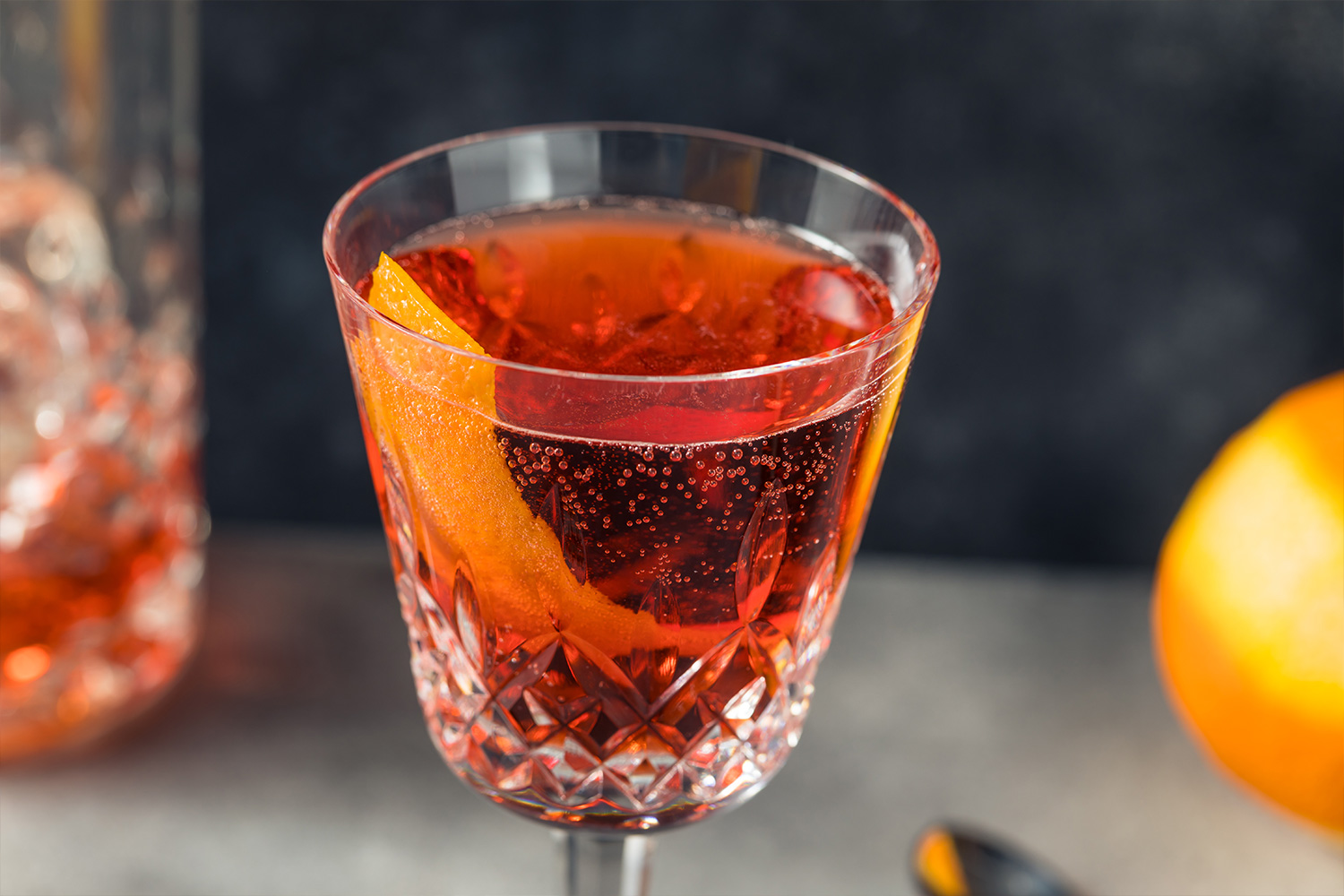
Hugo Spritz
.5 oz. St-Germain Elderflower Liqueur
2 mint sprigs, divided
4 oz. chilled Prosecco
1 oz. chilled soda water
Lemon wheel, for garnish
Take one mint sprig between your palms and gently slap it to release the oils. Add it to a wine glass, along with the St-Germain, and let it sit for a few minutes. Add ice, Prosecco and soda water and stir gently to combine. Garnish with the remaining mint sprig and lemon wheel.
Join America's Fastest Growing Spirits Newsletter THE SPILL. Unlock all the reviews, recipes and revelry — and get 15% off award-winning La Tierra de Acre Mezcal.
